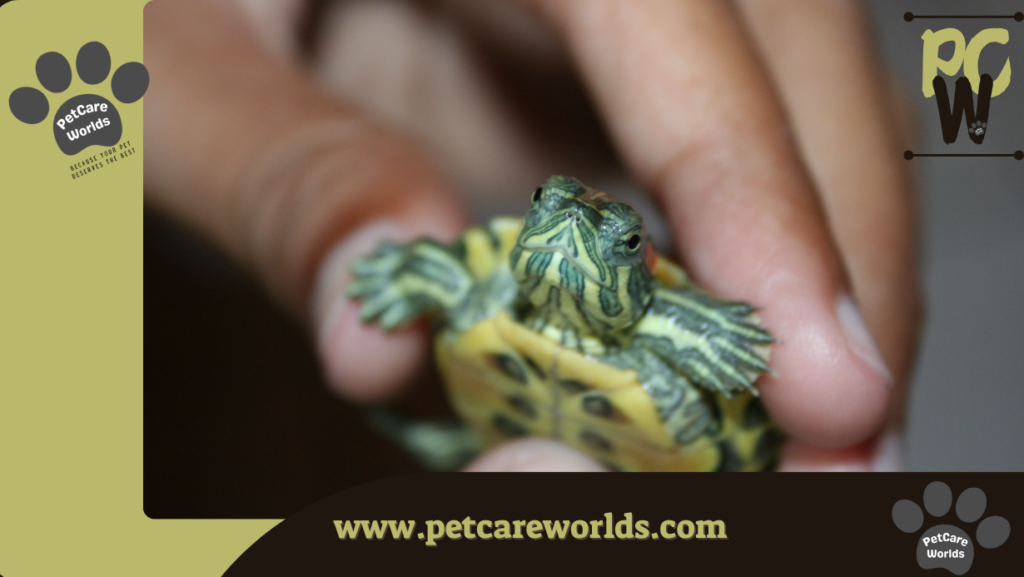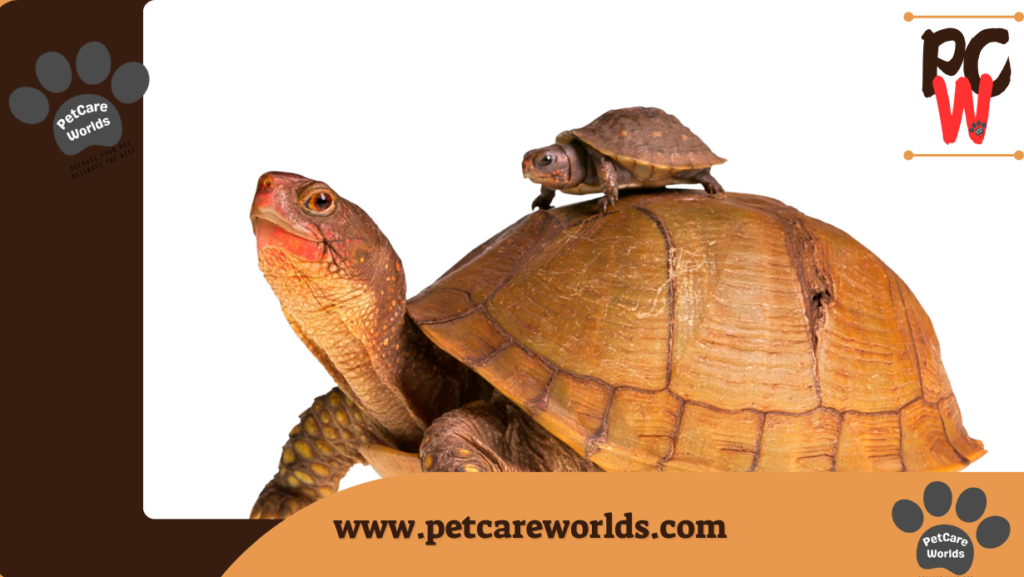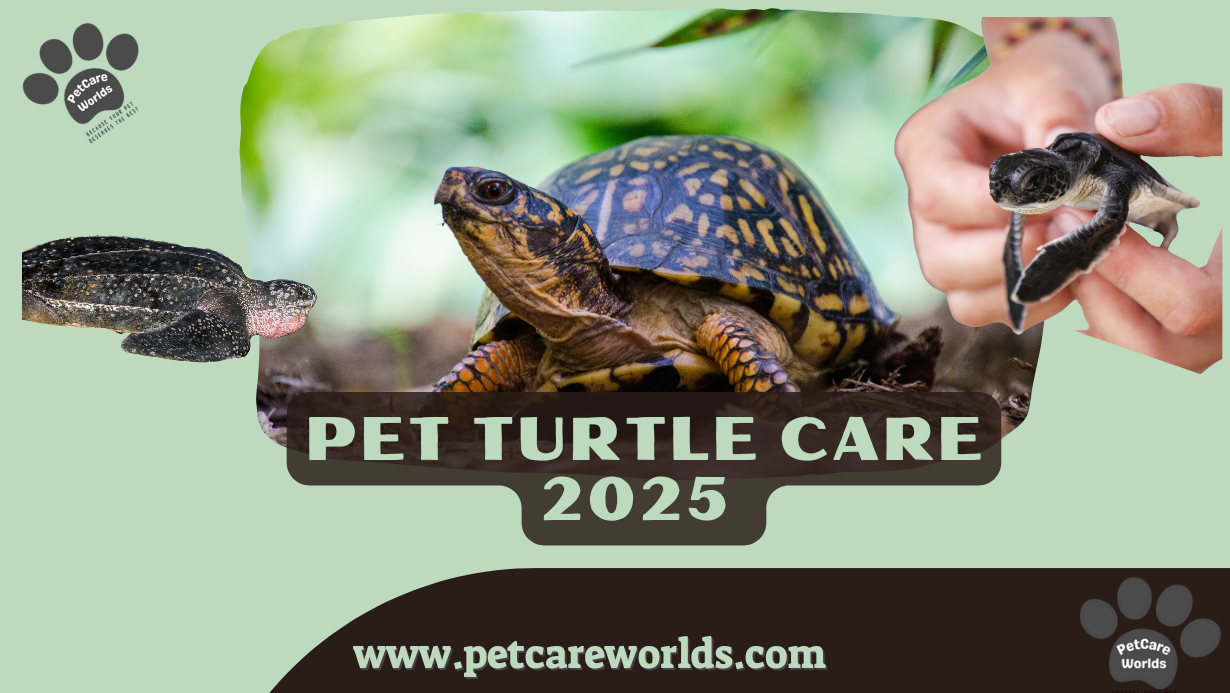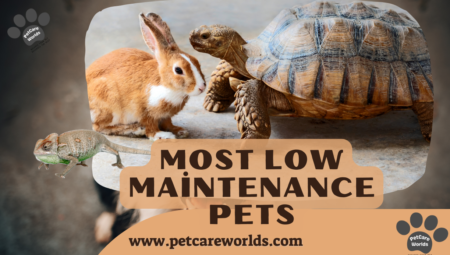Pet Turtle Care – Have you ever wondered what it feels like to share your life with a silent and graceful companion? Turtles, with their quiet demeanor, elegant movements, and remarkable longevity, are like tiny pieces of history in your home. Caring for a pet turtle isn’t just about owning an animal—it’s about bringing a sense of tranquility and balance into your life. However, choosing to live with these unique creatures requires a thorough understanding and a commitment to their care.
Pet Turtle Care
Caring for a pet turtle is a rewarding journey. These unique creatures require special attention and a well-prepared environment. Understanding their needs is essential for their health and happiness. Whether you’re a beginner or an experienced pet owner, there’s always more to learn about these fascinating animals. Pet Turtle Care
Why Choose a Turtle as a Pet?
Turtles make calm and low-maintenance companions. Unlike other pets, they don’t require constant attention or space. Their longevity and peaceful nature bring a sense of serenity to your home.
- Long Lifespan: Some species can live for decades.
- Quiet and Gentle: Perfect for a relaxed home environment.
- Unique Appeal: Their fascinating behaviors are a joy to observe.
Turtles’ Unique Charm
Turtles have qualities that make them stand out:
- They symbolize patience and wisdom in many cultures.
- Their slow, deliberate movements are mesmerizing to watch.
- Hardy shells and their adaptability to various environments make them unique.
Types of Pet Turtles
Choosing the right turtle depends on your lifestyle and preferences. There are two main categories of pet turtles:
- Aquatic Turtles: Spend most of their time in water.
- Terrestrial Turtles: Prefer land and need a different setup.
Popular pet turtle species include:
- Red-Eared Slider
- Box Turtle
- Painted Turtle
Aquatic vs. Terrestrial Turtles
Aquatic turtles need tanks with water filtration and basking areas. They are active swimmers and require more frequent cleaning. Pet Turtle Care
Terrestrial turtles thrive in dry environments with ample ground space. They need hiding spots, proper lighting, and specific diets. Pet Turtle Care
Knowing the differences helps you create the perfect habitat for your turtle.
Setting Up a Turtle Habitat
Creating a suitable habitat is key to your turtle’s health. It should mimic their natural environment as closely as possible. Pay attention to space, temperature, and water quality to ensure a comfortable and safe home.
Choosing the Right Tank or Enclosure
The tank or enclosure should fit your turtle’s species and size. Aquatic turtles need water-filled tanks, while terrestrial turtles require dry land with proper ventilation.
Size and Material Considerations
- Size: Ensure the tank is large enough for movement. A small space can stress your turtle.
- Material: Glass and acrylic tanks are popular. They are easy to clean and allow clear visibility.
- Avoid using metal enclosures as they can rust and harm your pet.
Temperature and Humidity
Proper temperature and humidity are critical for turtles. They regulate their body temperature through their environment. Pet Turtle Care
- Maintain a warm basking area and a cooler zone.
- Use a hygrometer to monitor humidity for terrestrial species.
Using Heat Lamps and UVB Lights
Heat lamps are essential to create a basking spot. Combine them with UVB lights to help your turtle synthesize vitamin D3. This prevents shell deformities and strengthens bones. Pet Turtle Care
Creating a Basking Area
A basking area is where turtles rest and absorb heat.
- Use smooth rocks or floating platforms for aquatic turtles.
- For land turtles, provide a dry and elevated area.
- Keep the basking spot at an optimal temperature, usually 85-90°F (29-32°C).
Proper Placement and Maintenance
Place the basking area in a stable position. Avoid placing it near open windows or drafts. Clean the area regularly to prevent algae and bacteria buildup. Pet Turtle Care
Water Quality and Filtration
For aquatic turtles, water quality is crucial. Dirty water can cause infections and stress. Pet Turtle Care
- Use a reliable filtration system to remove waste.
- Change the water partially each week to keep it fresh.
Preventing Health Issues
- Avoid overcrowding in the tank.
- Check for signs of shell rot or respiratory infections.
- Use a water conditioner to remove harmful chemicals.
With proper care, your turtle’s habitat can become a safe and healthy space for them to thrive!

Nutrition for Pet Turtles
Proper nutrition is vital for your turtle’s health and longevity. A balanced diet should include a mix of vegetables, protein, and supplements, tailored to their species and age. Pet Turtle Care
Understanding Turtle Diets
Turtles have specific dietary needs based on their species. Some are herbivores, while others are omnivores. Research your turtle’s natural diet to ensure you’re meeting their nutritional requirements.
Differences Between Species
- Herbivorous turtles eat mostly plants.
- Omnivorous turtles require a mix of plant-based foods and protein.
- Aquatic turtles may also consume small fish or insects in the wild.
Ideal Vegetables and Greens
Leafy greens like kale, collard greens, and dandelion leaves are excellent choices. Other vegetables, such as carrots or zucchini, add variety. Avoid spinach, as it can block calcium absorption. Pet Turtle Care
Nutritional Benefits
- Greens provide essential vitamins and minerals.
- Vegetables add fiber to their diet, aiding digestion.
- A varied diet prevents nutrient deficiencies.
Protein Sources for Omnivorous Turtles
Omnivorous turtles need protein for growth and energy. Provide safe and clean sources to mimic their natural diet. Pet Turtle Care
Insects and Small Fish
- Offer crickets, mealworms, or earthworms as occasional treats.
- Small fish like minnows or guppies are ideal for aquatic turtles. Avoid feeding wild-caught insects, as they may carry parasites.
Foods to Avoid
- Processed human foods like bread or dairy.
- Fruits high in sugar, such as bananas, should be limited.
- Toxic plants like rhubarb or avocado.
Risks of Overfeeding or Wrong Diet
- Overfeeding can lead to obesity or organ issues.
- A poor diet may cause shell deformities or malnutrition.
- Stick to a feeding schedule to ensure proper portion sizes.
A well-planned diet will keep your turtle active, happy, and healthy for years to come!
Turtle Lifespan and Growth
Understanding a turtle’s lifespan and growth patterns helps in providing the best care. These factors vary by species and environment, making each turtle unique.
How Long Do Turtles Live?
Turtles are known for their impressive lifespans. Some can live for decades, while others may reach over a century. Proper care significantly impacts how long they thrive. Pet Turtle Care
Common Lifespan by Species
- Box turtles: 50–100 years
- Red-eared sliders: 20–40 years
- Sea turtles: 80+ years in the wild
- Map turtles: 15–25 years
Factors Affecting Growth
Growth rates depend on a turtle’s species, age, and environment. Genetics also play a crucial role in how large they grow. Pet Turtle Care
Environment, Diet, and Care
- A spacious and clean habitat promotes healthy growth.
- Balanced nutrition ensures steady development.
- Regular vet checkups help prevent health issues that could stunt growth.
Consistency is key to supporting both the lifespan and growth of your pet turtle.

Turtle Species-Specific Needs
Each turtle species has unique care requirements. Understanding these needs ensures a happy and healthy pet. Pet Turtle Care
Aquatic Turtles
Aquatic turtles spend most of their time in water. Clean water and a proper basking area are essential for their well-being.
Tank and Water Requirements
- Large tanks: Provide ample swimming space.
- Water quality: Use filters to maintain cleanliness.
- Temperature: Keep water at 75–80°F and basking spots at 85–90°F.
Terrestrial Tortoises
Tortoises thrive on land. A spacious and secure habitat is critical for their health and mobility.
Outdoor vs. Indoor Setup
- Outdoor enclosures: Offer natural sunlight and more space.
- Indoor setups: Require UVB lighting and temperature control.
Semi-Aquatic Turtles
Semi-aquatic turtles need a mix of land and water to mimic their natural habitat. Pet Turtle Care
Balancing Land and Water
- Create 50% land and 50% water in their tank.
- Provide a sturdy basking area for rest.
- Ensure easy access between land and water zones.
Pet Turtle Care Table
Proper care for your pet turtle involves attention to various aspects of their environment, diet, and health. Here’s a guide to help you ensure your turtle is happy and healthy:
| Care Aspect | Recommendations | Notes |
|---|---|---|
| Tank Size | At least 10 gallons per inch of shell length | Ensure the tank is spacious for swimming and basking. |
| Water Temperature | 75–80°F (24–27°C) | Use a heater to maintain stable temperature. |
| UVB Lighting | 10-12 hours a day of UVB exposure | Essential for vitamin D3 synthesis and shell health. |
| Basking Area | A dry, warm spot where the turtle can fully dry off | Place a heat lamp to achieve 85–90°F (29–32°C). |
| Diet | A mix of leafy greens, vegetables, and protein (insects/fish) | Varies based on species; omnivores need a balanced diet. |
| Water Quality | Keep water clean with regular filtration and water changes | Avoid stagnant water to prevent infections. |
| Health Monitoring | Regularly check for signs of illness or shell rot | Seek a vet specializing in reptiles if needed. |
This table provides a comprehensive overview to ensure you’re meeting the specific needs of your pet turtle!
Pet Turtle Care – Frequently Asked Questions (FAQ)
Here are some common questions about caring for pet turtles:
1. How often should I feed my pet turtle?
- Answer: Turtles typically eat 2-3 times a week. The frequency depends on their age and species. Young turtles may need daily feeding, while adult turtles can eat less often. Ensure you provide a balanced diet with vegetables, greens, and protein sources.
2. What is the best tank size for my turtle?
- Answer: The tank size should be at least 10 gallons for every inch of the turtle’s shell length. This ensures enough space for swimming and basking. Larger turtles may need even bigger tanks.
3. Do turtles need UVB light?
- Answer: Yes, UVB light is essential for turtles as it helps them produce vitamin D3, which is necessary for healthy shell growth and calcium absorption. Make sure to provide 10-12 hours of UVB exposure daily.
4. How can I maintain the water quality in the tank?
- Answer: Regularly clean the tank and use a reliable filtration system. It’s important to change 25-30% of the water weekly and monitor the water temperature to avoid any health issues.
5. How can I tell if my turtle is sick?
- Answer: Look for signs such as lack of appetite, lethargy, unusual swimming patterns, or visible issues with the shell, such as discoloration or soft spots. If you notice these symptoms, consult a reptile vet.
6. Can my turtle live outside?
- Answer: It depends on the species. Some turtles, like terrestrial tortoises, can live outside in a secure, temperature-controlled environment. However, aquatic turtles should remain indoors, where their water temperature and lighting can be properly controlled.
7. What do I do if my turtle isn’t basking?
- Answer: If your turtle isn’t basking, it might be due to improper tank conditions, such as the temperature being too low or the basking area being inaccessible. Check that the basking area is warm enough and that there are no obstacles preventing your turtle from reaching it.
8. What should I do if my turtle’s shell is soft or damaged?
- Answer: A soft or damaged shell is often a sign of malnutrition, poor lighting, or injury. Make sure the turtle is receiving enough UVB light and calcium, and consult a veterinarian if the damage persists.
Conclusion
Pet turtle care requires attention to diet, habitat, and health. By understanding their needs, you ensure a happy, healthy life for your shelled companion.





